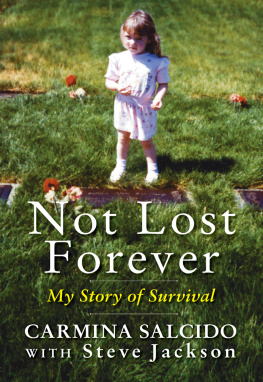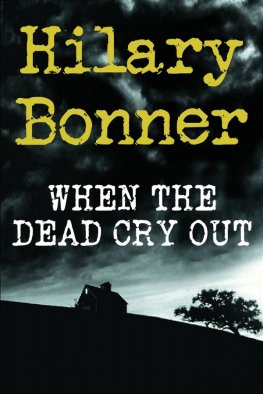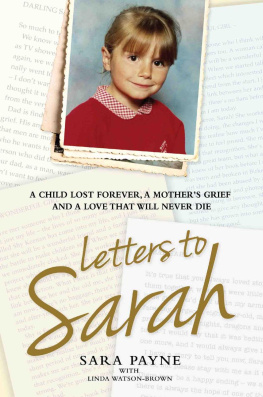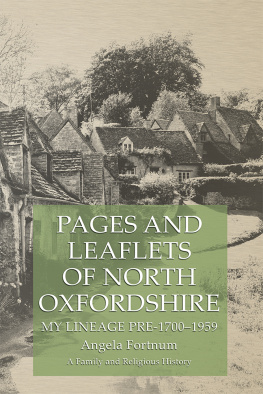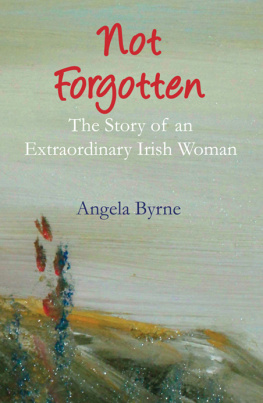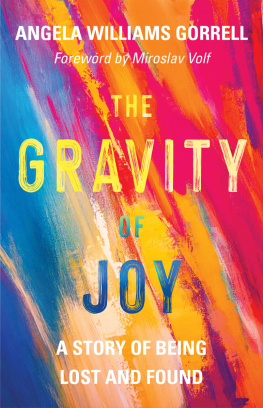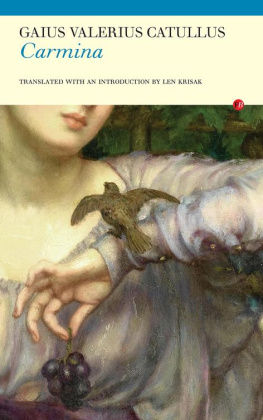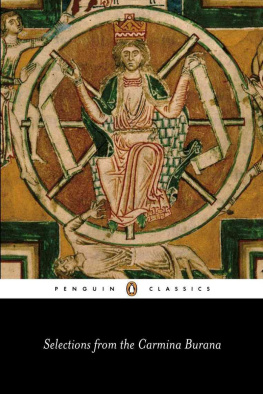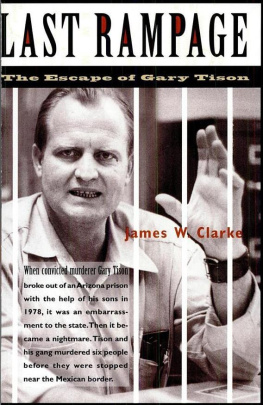Carmina Salcido - Not Lost Forever: My Story of Survival
Here you can read online Carmina Salcido - Not Lost Forever: My Story of Survival full text of the book (entire story) in english for free. Download pdf and epub, get meaning, cover and reviews about this ebook. year: 2009, publisher: HarperCollins e-books, genre: Non-fiction. Description of the work, (preface) as well as reviews are available. Best literature library LitArk.com created for fans of good reading and offers a wide selection of genres:
Romance novel
Science fiction
Adventure
Detective
Science
History
Home and family
Prose
Art
Politics
Computer
Non-fiction
Religion
Business
Children
Humor
Choose a favorite category and find really read worthwhile books. Enjoy immersion in the world of imagination, feel the emotions of the characters or learn something new for yourself, make an fascinating discovery.
- Book:Not Lost Forever: My Story of Survival
- Author:
- Publisher:HarperCollins e-books
- Genre:
- Year:2009
- Rating:3 / 5
- Favourites:Add to favourites
- Your mark:
Not Lost Forever: My Story of Survival: summary, description and annotation
We offer to read an annotation, description, summary or preface (depends on what the author of the book "Not Lost Forever: My Story of Survival" wrote himself). If you haven't found the necessary information about the book — write in the comments, we will try to find it.
Twenty years ago, one mans murderous rampage destroyed his own family . . . and devastated a community. Now the only survivorhis daughtertells her story at last.
On April 14, 1989, for reasons still debated today, Mexican immigrant Ramn Salcido went on a violent rampage in the idyllic Sonoma Valley wine country where he lived and worked. In the course of just two hours, he killed his wife, Angela, her two younger sisters, his mother-in-law, and the man with whom he suspected Angela was having an affair. He then slashed the throats of his three young daughtersfour-year-old Sophia, three-year-old Carmina, and twenty-two-month-old Teresaleaving them for dead in the county dump. A little more than a day later, the bodies of his daughters were discovered. Miraculously, tiny Carmina was still alive and able to tell her rescuers, My daddy cut me.
InNot Lost Forever, Carmina Salcido explores the events surrounding these headline-making murders with extraordinary clarity and composure. Reaching back to understand the events that traumatized her in childhoodand weaving them together with the recollections of detectives and witnessesshe reconstructs the story of her fathers crimes, and their aftermath, in sobering detail.
Yet Carminas story doesnt end there. Those who remember her as the tiny victim of these murders will also be shocked by what followed: how she was adopted by a Catholic extremist family who tried to change her name and bury her past; how she tried to escape their sheltering influence by joining a Carmelite convent and then a ranch for troubled girls; and how the psychological trials she endured along the way nearly broke her spirituntil, at last, she found peace by turning to the one relative still alive to share her grief: her grandfather.
As a young woman, Carmina returned to California to share her experiences and discover the family that was brutally taken from her. The devout Catholic also returned to look into her fathers eyes on death row and confront the man who took away her entire family. With clear-eyed candor, courage, and grace, this brave young woman takes readers along on her miraculous journey of survival, discovery, and hope.
Carmina Salcido: author's other books
Who wrote Not Lost Forever: My Story of Survival? Find out the surname, the name of the author of the book and a list of all author's works by series.

